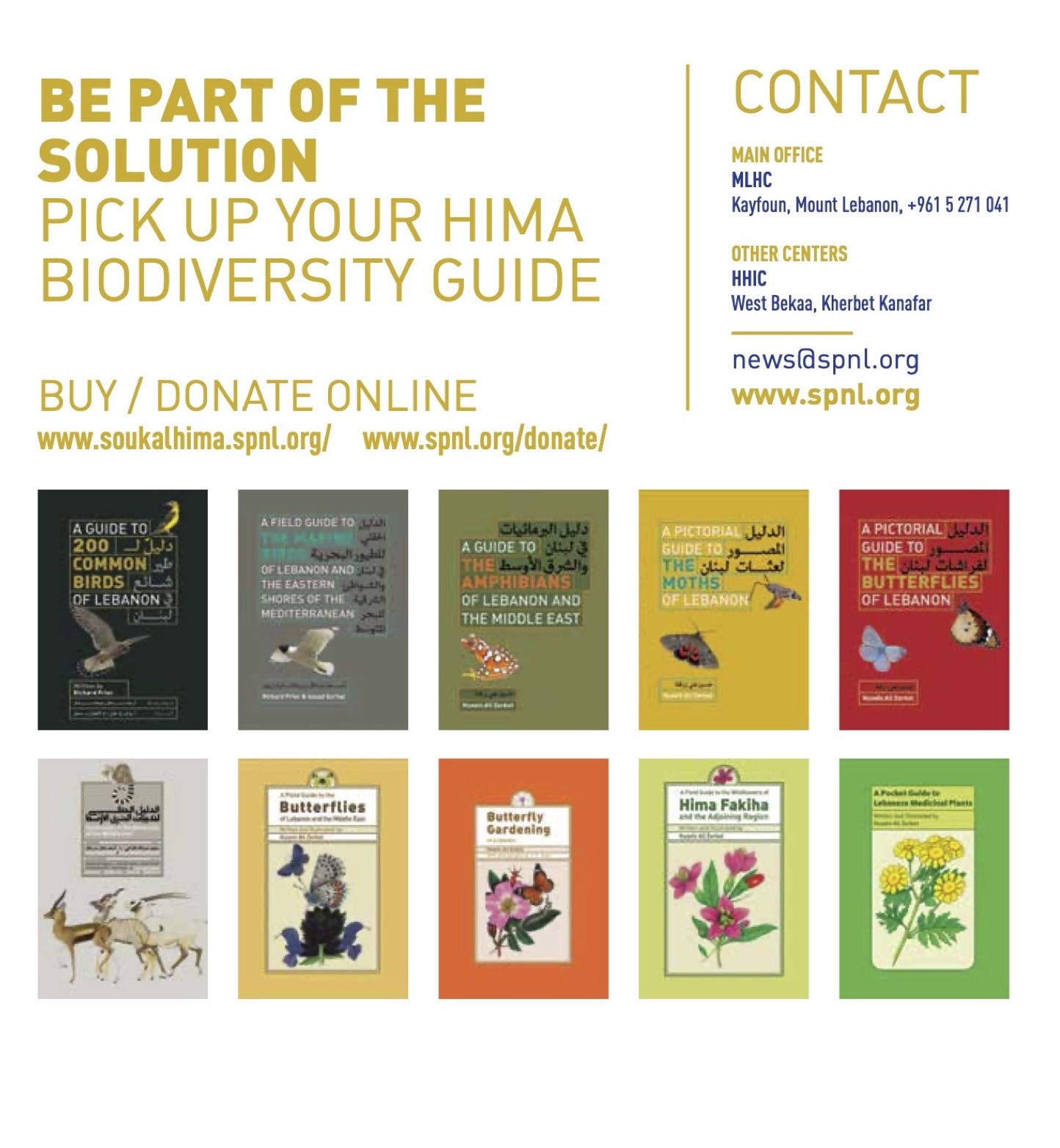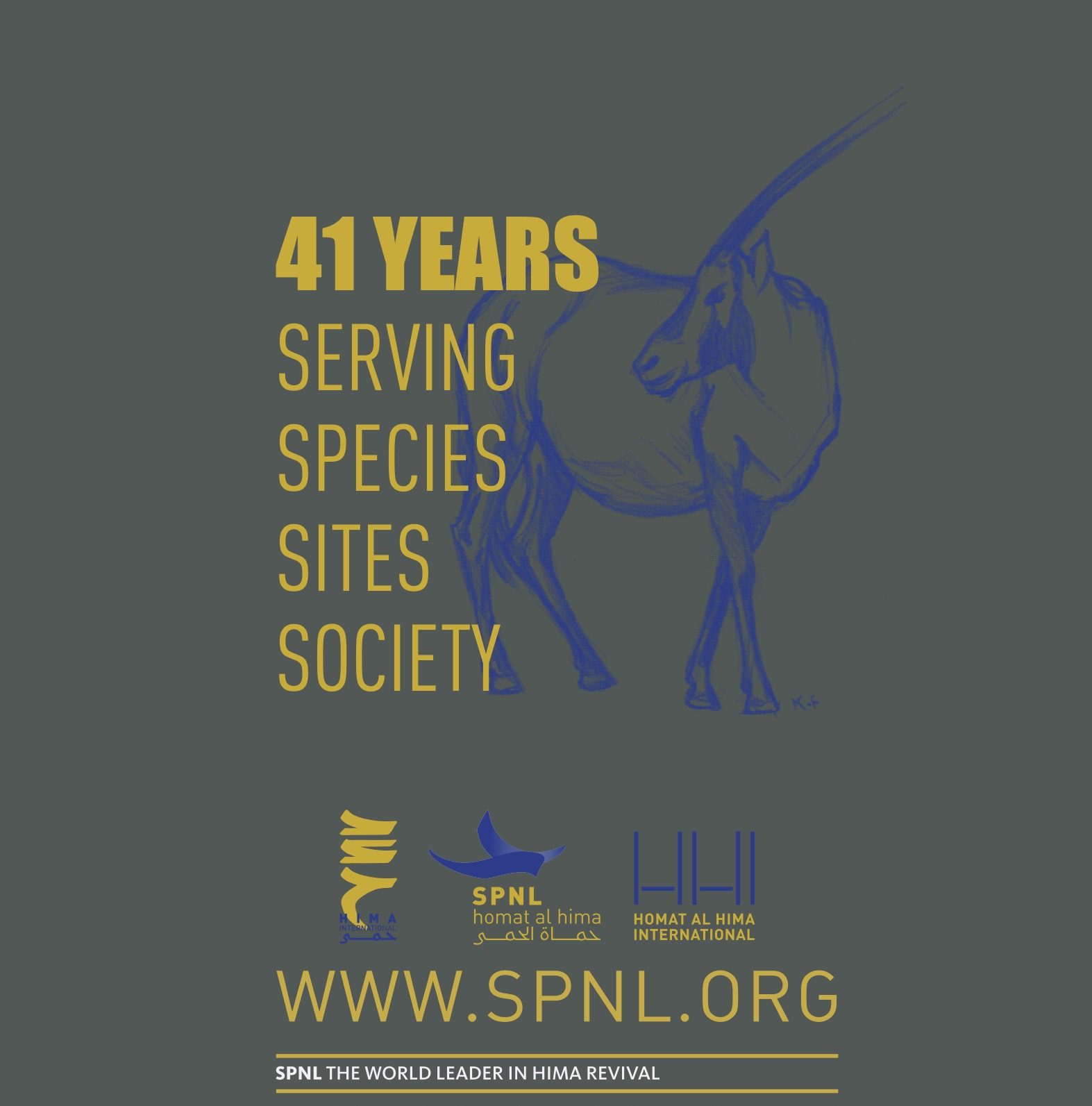The Eighth Session of the Meeting of the Parties to the African-Eurasian Migratory Waterbird Agreement (AEWA MOP8) opened in Budapest, Hungary, today.
AEWA MOP8 will be an important policymaking forum ahead of a series of biodiversity-related meetings in the coming months, culminating with the UN Biodiversity Conference (CBD COP15) co-hosted by China and Canada at the end of the year.
The AEWA Meeting was originally scheduled to take place in October 2021 alongside the One With Nature World of Hunting and Nature Exhibition in Budapest, but had to be postponed.
“Attracting 1.6 million attendees, the One With Nature World of Hunting and Nature Exhibition has been the largest and most successful event in 21st-century Hungary. The protection of our natural assets and environment is a key priority for Hungary, as demonstrated by the fact that we have always been early signatories to the relevant conservation conventions. The Hungarian government regards this as a vital issue, and it therefore welcomes the staging of the AEWA conference in Budapest. This is in itself a historic milestone, being the first time that Hungary has initiated a Meeting of the Parties to a nature conservation convention. We expect more than 200 experts from over 60 countries to attend the conference,” said Dr. Zoltán Kovács, State Secretary for International Communication and Relations.
The AEWA meeting is set to be the largest international conference focusing on the conservation of migratory waterbirds in Africa and Eurasia in recent years. Participants will include 52 national delegations from countries that are a Party to AEWA plus the European Union, as well as observer delegations of several non-Party Range States that are in the process of joining the Agreement and a range of non-governmental organizations and waterbird experts from across the African-Eurasian Flyway.
The four-day meeting will be an opportunity for governments to take stock of their collective efforts to implement the UN-backed treaty and to agree on future actions to improve the conservation status of the 255 species of waterbirds listed under AEWA. These include pelicans, cranes, storks, ducks, waders and other waterbirds that have tremendous economic, social, cultural, and recreational value to millions of people living along their flyways – providing meat and eggs for subsistence as well as supporting birdwatching and hunting activities, etc. Yet, migratory waterbirds face a wide range of threats, including habitat loss and degradation, illegal killing and poisoning, especially by lead gunshot, pollution, and climate change, and their conservation can only be achieved through international cooperation under the legal framework and practical guidelines developed under AEWA.
According to the latest Conservation Status Report being presented at this meeting, 43 per cent of AEWA’s waterbird populations are in long-term decline and 33 AEWA species are globally threatened by extinction.
“The world is facing a triple planetary crisis – the crisis of climate change, the crisis of nature and biodiversity loss; and the crisis of pollution and waste. Each of these crises presents a roadblock in flyway conservation and therefore, sustainable funding, compliance and strengthened implementation of AEWA are absolutely critical,” said Inger Andersen, Executive Director of the UN Environment Programme (UNEP) in her opening statement to AEWA MOP8.
The meeting in the Hungarian capital will be held under the theme: Strengthening Flyway Conservation in a Changing World and will cover a plethora of topics related to the future conservation and sustainable use of migratory waterbirds covered by the treaty.
“The theme of AEWA MOP8 captures the need for countries in Africa and Eurasia to step up and come together to use this important meeting to make collective decisions that will ensure stronger implementation and delivery of the Agreement in the years to come,” said Jacques Trouvilliez, Executive Secretary of AEWA.
AEWA lays the legal foundation for internationally coordinated conservation measures and their implementation is guided by means of a Strategic Plan and a targeted Plan of Action for Africa. Both plans are designed so that their implementation contributes to achieving the United Nations Sustainable Development Goals and Global Biodiversity Targets.
“AEWA is and will be an important instrument for countries to make progress on the Sustainable Development Goals and the objectives of the post-2020 Global Biodiversity Framework Member States will finalize at the end of this year,” said Inger Andersen.
The meeting in Hungary will review three separate reports on AEWA’s contribution to the Aichi Targets 2011 – 2020, Opportunities for AEWA to Support the Post-2020 Global Biodiversity Framework as well as a report outlining the relevance of AEWA to the delivery of the Sustainable Development Goals.
At MOP8 delegates will also be presented with new Complimentary guidelines on climate change adaptation measures for waterbirds, which builds on existing AEWA guidance on the topic and provides new, practical guidance on how countries can better plan climate change adaptation measures using state-of-the-art tools.
A total of 16 resolutions will be considered for adoption by AEWA Parties at MOP8, including on:
- Single Species Action and Management Plans,
- Conservation Guidelines,
- the inventory and monitoring of the AEWA Flyway Site Network,
- Synergies in Addressing Causes of Waterbird Mortality,
- Improving the Base Knowledge Waterbird Conservation,
- Ecotourism,
- AEWA’s Contribution to past and future Global Biodiversity Targets and
- Monitoring of Waterbirds.
AEWA delegates will also consider a number of reports such as the 8th AEWA Conservation Status Report (CSR), an Analysis of AEWA National Reports and the implementation of the AEWA Plan of Action for Africa and a progress report on the implementation of the AEWA strategic plan.
A special award ceremony will take place on the final day of the meeting (30 September at 9:00 – 10:00 AM CET) during which the AEWA Waterbird Conservation Awards will be presented to a selected individual as well as one institution that has made a significant contribution towards the long-term conservation and sustainable use of waterbirds in the African-Eurasian region. Another award will recognize an institution as a Migratory Species Champion Plus for its support for initiatives that benefit migratory waterbird conservation.
A total of 15 side events on a wide range of topics will take place on the third day of the meeting (29 September). The side events as well as the opening of the conference and the award ceremony on the final day will be open to the media.






